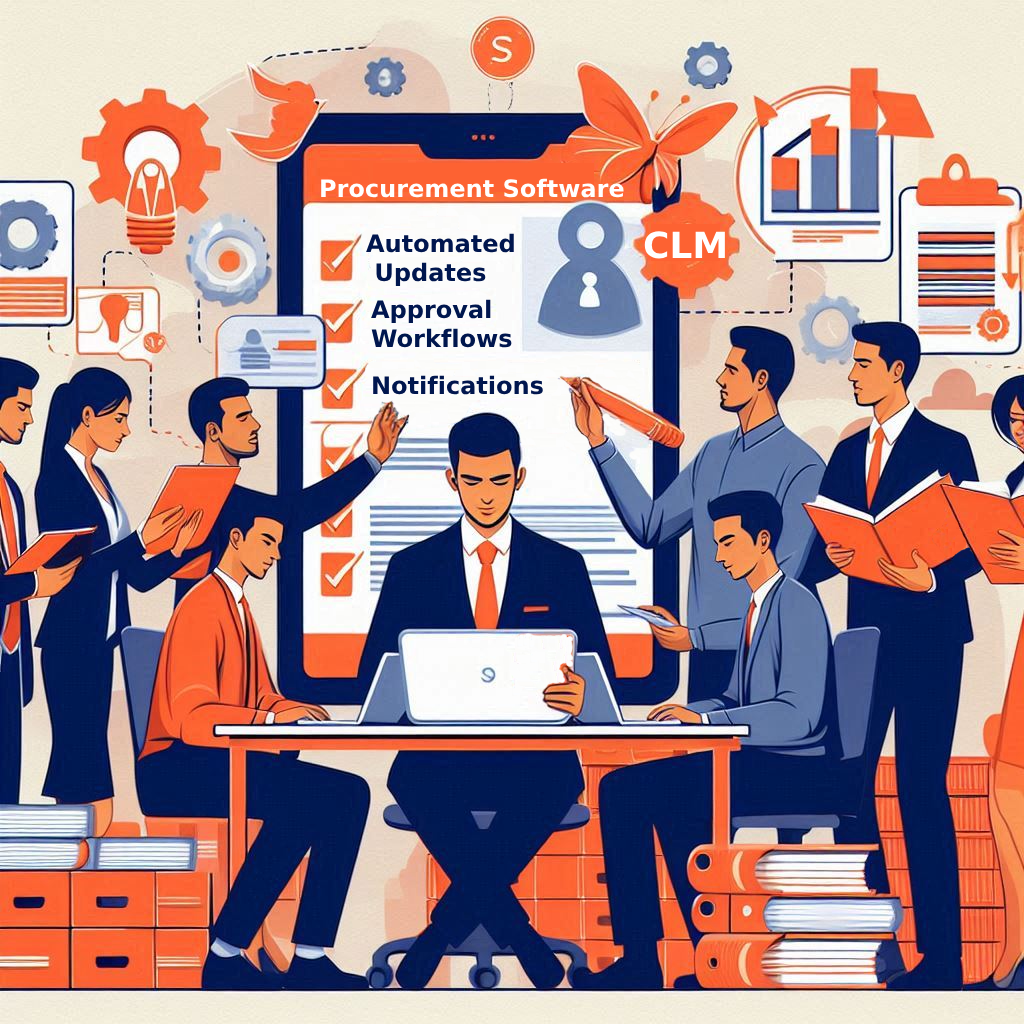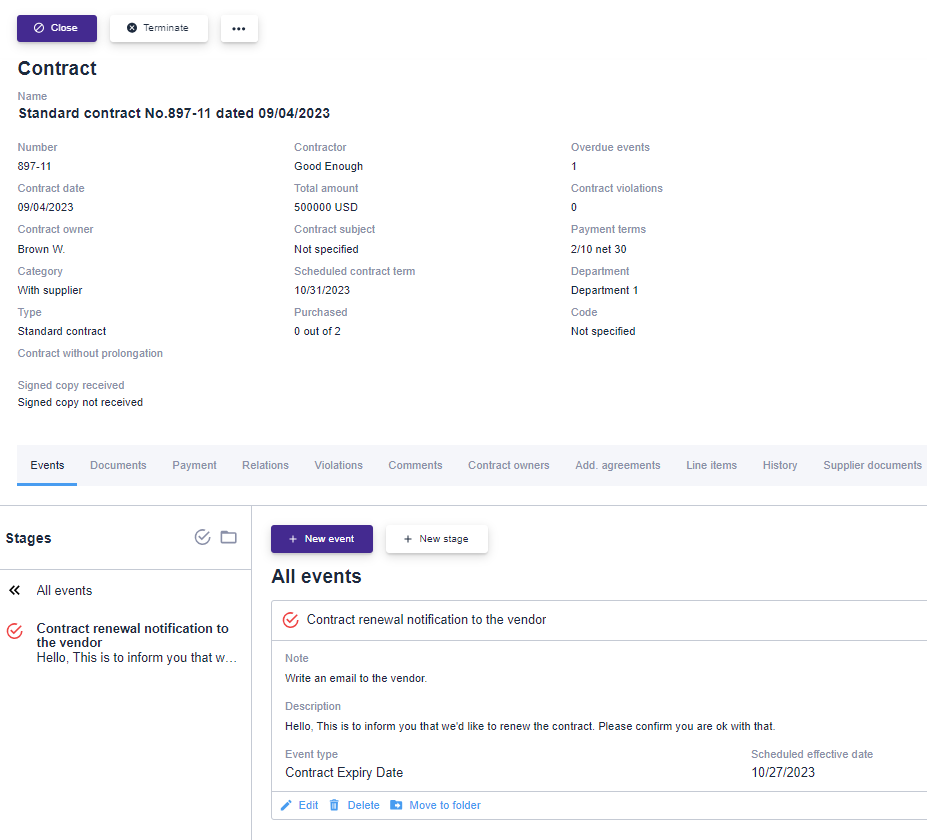Home » Notes & Thoughts » Contract Lifecycle Management: Enhancing Version Control

Managing contracts and related documents throughout their lifecycle has always been a critical task for organizations. Traditionally, version control has been a significant challenge, especially when relying on tools like spreadsheets, word processing documents, and even physical paper.
These methods are often cumbersome, error-prone, and difficult to manage as they lack centralized control and automation. The inability to maintain accurate version control can lead to issues such as contract mismanagement, loss of important data, and compliance risks. In this article, we will explore how procurement software has revolutionized Contract Lifecycle Management (CLM) by providing robust version control features that address these challenges effectively.
In the era before digital procurement software, version control was primarily managed using tools like spreadsheets, Word documents, and sometimes paper. These methods are fraught with issues:

These challenges underscore the need for a more robust system that not only manages version control effectively but also enhances collaboration and reduces the risk of errors that results in time savings and cost savings as a result.
Procurement software has transformed the way organizations manage contracts by introducing centralized, automated version control systems. These systems allow all contract-related documents to be stored in a single, secure repository.
Each time a contract is edited or revised, the software automatically creates a new version and records all changes. This ensures that all stakeholders always have access to the most current version of the contract while also retaining a complete history of changes. The stakeholders can access the repository anywhere through the internet.

Moreover, procurement software includes features like automated notifications and approval workflows, ensuring that all revisions are tracked and authorized by the appropriate personnel. This reduces the risk of unauthorized changes and ensures that version control is maintained throughout the contract’s lifecycle.
The software also provides audit trails, making it easy to review the history of a contract, identify who made specific changes, and understand the rationale behind those changes. This level of control and transparency is virtually impossible to achieve with traditional methods.
Implementing procurement software within an organization requires careful planning and change management. The first step is to select a software solution that aligns with the organization’s specific needs, especially in terms of version control capabilities.

For example, Acquirell all-in-one procurement automation software provides a robust platform where the procurement team can store and edit the contracts. With its automated version control capabilities the team can ensure that every change made to a contract is recorded, time-stamped, and attributed to the individual who made the change.

Also, the software sends alerts to relevant stakeholders on a key events, ensuring that everyone is aware of the latest developments.
Procurement software has significantly improved the ability of organizations to manage version control within Contract Lifecycle Management. By centralizing document storage, automating version tracking, and providing robust audit trails, these systems eliminate many of the risks associated with traditional methods.
As a result, organizations can reduce errors, improve compliance, and ensure that they are always working with the most up-to-date contract information. The transition to procurement software requires careful implementation and training, but the benefits of enhanced version control in CLM are well worth the investment.
Book a demo to see how Acquirell can help the company to maintain the version control of the contracts and procurement-related documents.
| Cookie | Duration | Description |
|---|---|---|
| cookielawinfo-checkbox-analytics | 11 months | This cookie is set by GDPR Cookie Consent plugin. The cookie is used to store the user consent for the cookies in the category "Analytics". |
| cookielawinfo-checkbox-functional | 11 months | The cookie is set by GDPR cookie consent to record the user consent for the cookies in the category "Functional". |
| cookielawinfo-checkbox-necessary | 11 months | This cookie is set by GDPR Cookie Consent plugin. The cookies is used to store the user consent for the cookies in the category "Necessary". |
| cookielawinfo-checkbox-others | 11 months | This cookie is set by GDPR Cookie Consent plugin. The cookie is used to store the user consent for the cookies in the category "Other. |
| cookielawinfo-checkbox-performance | 11 months | This cookie is set by GDPR Cookie Consent plugin. The cookie is used to store the user consent for the cookies in the category "Performance". |
| viewed_cookie_policy | 11 months | The cookie is set by the GDPR Cookie Consent plugin and is used to store whether or not user has consented to the use of cookies. It does not store any personal data. |